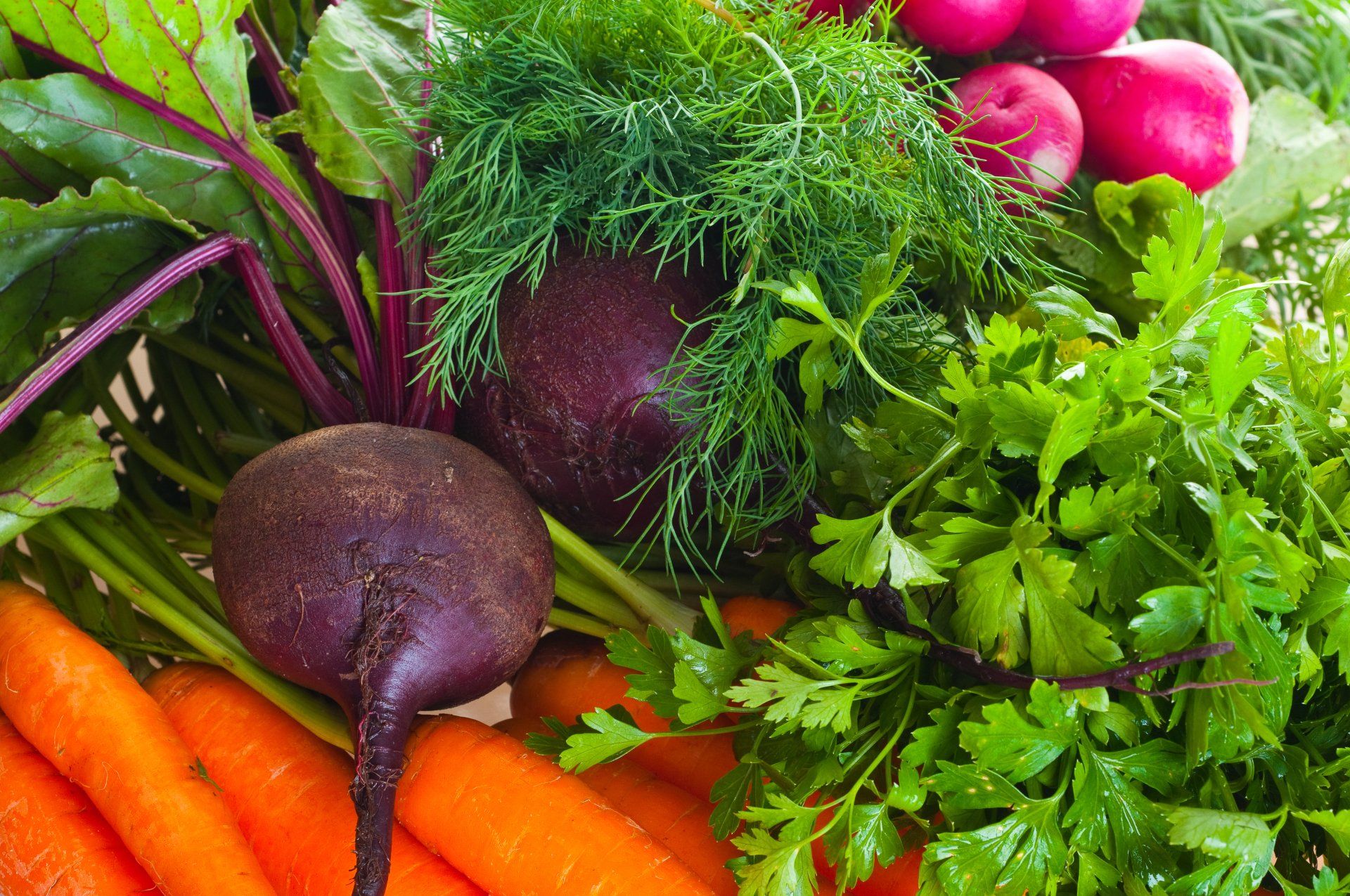Gardening Jobs in November: What to Do and Seeds to Sow
As the autumn colours paint a picturesque backdrop, it's time to prepare for the colder months. Let's dive into the essential gardening jobs that need attention in November.
1. Prepping Plants for Winter:
As the temperature drops gradually, it's crucial to protect plants from cold spells and upcoming frost. Begin by carefully lifting tender plants and transferring them into pots for winter shelter. Mulching the borders with organic matter will provide additional warmth and insulation. Alternatively, consider wrapping vulnerable plants in horticultural fleece to protect them from frost damage.
2. Clearing Fallen Leaves:
The annual ritual of clearing fallen leaves is essential for maintaining a healthy garden ecosystem. Accumulated leaves can smother lawns, block sunlight, and promote the growth of disease. Rake leaves from patios, lawns, and borders to avoid a blanket over the garden. These leaves can be composted or used as a mulch to enrich the soil. I prefer to bag mine up separate to the regular compost to create leaf mould that can be mixed into my potting compost and used as mulch in the borders.
3. Preparing the Soil:
November is an ideal time to improve the soil for the upcoming growing season. Invest in green manures, to protect bare soil from erosion and to increase fertility. These plants can be cut down and incorporated into the earth later, adding valuable organic matter. Additionally, consider digging over empty vegetable beds, mixing in well-rotted manure or compost to replenish nutrients. Another option is to remove the large tap root weeds, lay down a layer of cardboard and spread your mulch or compost on top of that, over the winter is will get worked into the soil and should be relatively free of weeds.

4. Pruning and Tree Maintenance:
Autumn is the perfect season to carry out pruning tasks, ensuring the plants' health and shaping them for next year's growth. At this time of year, you can prune soft fruit bushes, herbaceous perennials, shrubs, yew, and ornamental trees like Acers.
Deciduous trees, such as apples and pears, should be pruned while they are dormant to encourage better fruit formation the following season. However to avoid fungal infections taking hold in damp weather, advice from one of our fruit tree experts (30 years of growing them - they must be doing something right!) is the prune these from January onwards. Be sure to remove any damaged or diseased branches to prevent the spread of infection to healthy wood.
5. Protecting Wildlife:
Don't forget about our garden's inhabitants during the colder months. Install bird feeders and provide a fresh supply of water for our feathered friends as natural food sources become scarce. Consider creating shelters such as bug hotels or piles of logs to offer refuge for beneficial insects. These small gestures can make a significant difference in supporting local biodiversity.
6. Clean your greenhouse
With very little actively growing in your greenhouse, now is the perfect time to give it a clean, removing all the debris from your growing this year and making sure that it is disease and mess free ready for next year.
November is also the time for hearty harvests and warming meals. As delicious as a plot grown salad is, at the time of year you can induldge in casseroles, stews, soups, crumbles and pies all from you home grown veggies!
Of course, there are always seeds to sow no matter what time of year it is, check out our list of November seeds here.
